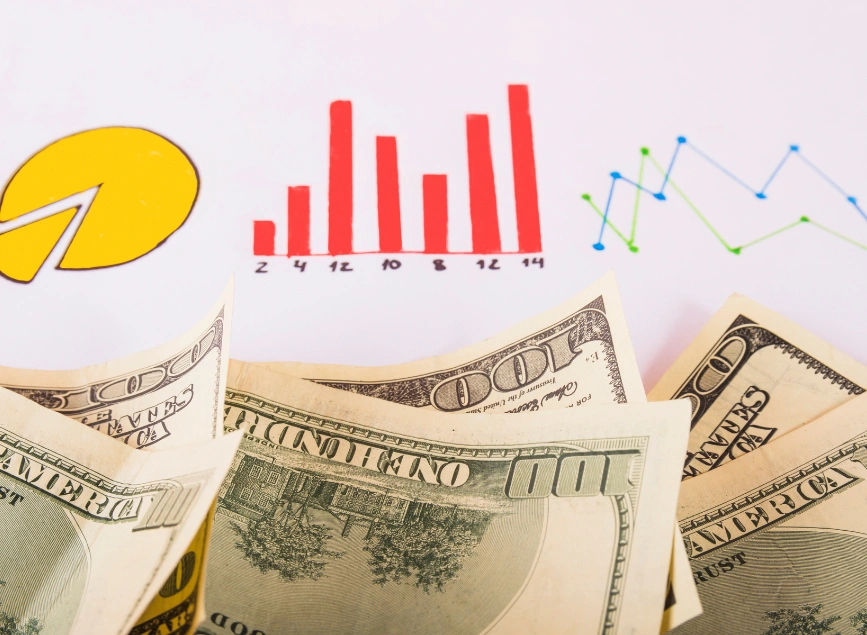
U.S. Inflation Rate Rises to 2.6% in October 2024
After seven consecutive months of declining inflation, October 2024 saw the U.S. inflation rate edge up to 2.6%, a slight increase from September’s 2.4% rate. This rate is still in line with market expectations, but it marks a shift in the recent inflationary trend, which had been consistently declining since early in the year. The uptick reflects a slowdown in the decrease of energy costs and a steady demand for shelter, which continues to play a key role in inflation metrics.
Energy and Fuel Prices Stabilize
Energy costs, a significant contributor to inflation, experienced a smaller decline this month compared to previous months. October saw energy prices decrease by 4.9%, less than the 6.8% drop in September. This was primarily due to smaller decreases in gasoline prices, which fell by 12.2%, compared to a 15.3% drop the previous month, and fuel oil, which decreased by 20.8%. Additionally, natural gas prices rose by 2%, marking a steady trend from September. The stabilizing prices in the energy sector suggest that these costs may not provide as much downward pressure on inflation in the coming months.
Shelter Costs Continue to Influence Inflation
The shelter index, which covers housing-related expenses like rent, mortgage, and utilities, maintained a consistent inflation rate of 4.9% in October. On a monthly basis, shelter costs rose by 0.4%, accounting for over half of the total monthly increase in the Consumer Price Index (CPI). With housing affordability still a pressing issue for many Americans, shelter’s strong influence on the inflation rate is significant. The steady demand for housing and rising rental rates continue to exert upward pressure on overall inflation.
Food, Transportation, and Vehicle Prices Show Mixed Trends
Other categories showed mixed trends, with inflation for food slowing to 2.1% from 2.3% in September, and transportation costs easing slightly to 8.2%. Interestingly, prices for new vehicles declined by 1.3%, mirroring September’s decrease, while used car and truck prices dropped by 3.4%, an improvement from the previous month’s 5.1% decrease. These sectors indicate some relief for consumers, as certain areas of the economy maintain slower price increases or continue to see reductions. As the CPI rose by 0.2% month-over-month, consistent with prior months, core inflation—excluding food and energy—held steady at 3.3%, a sign of underlying economic stability amidst these fluctuations.
Share
Hot topics

What Is Forex Regulation and Why It Matters
If you’ve been thinking about trading currencies or investing in the forex market, you might have seen words like “regulated,” “license,” or “authority.” They may sound like very boring legal...
Read more




Submit comment
Your email address will not be published. Required fields are marked *